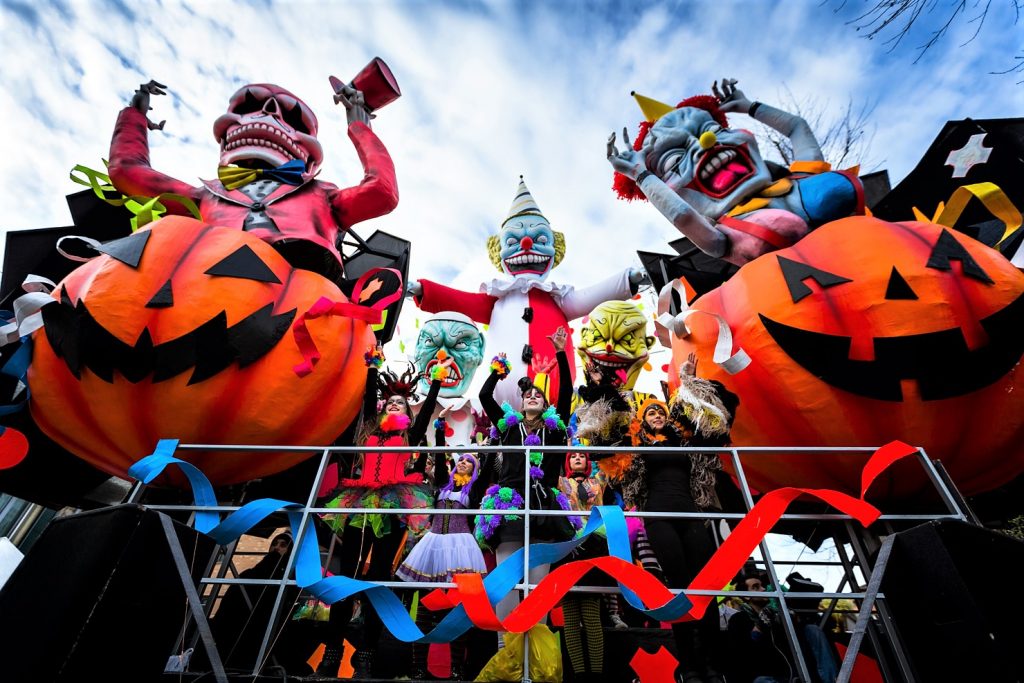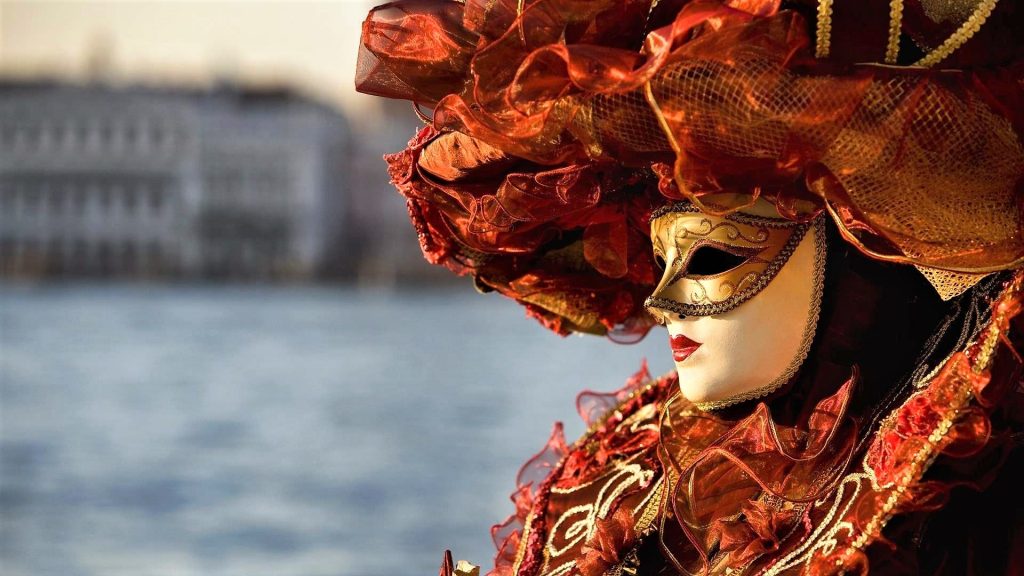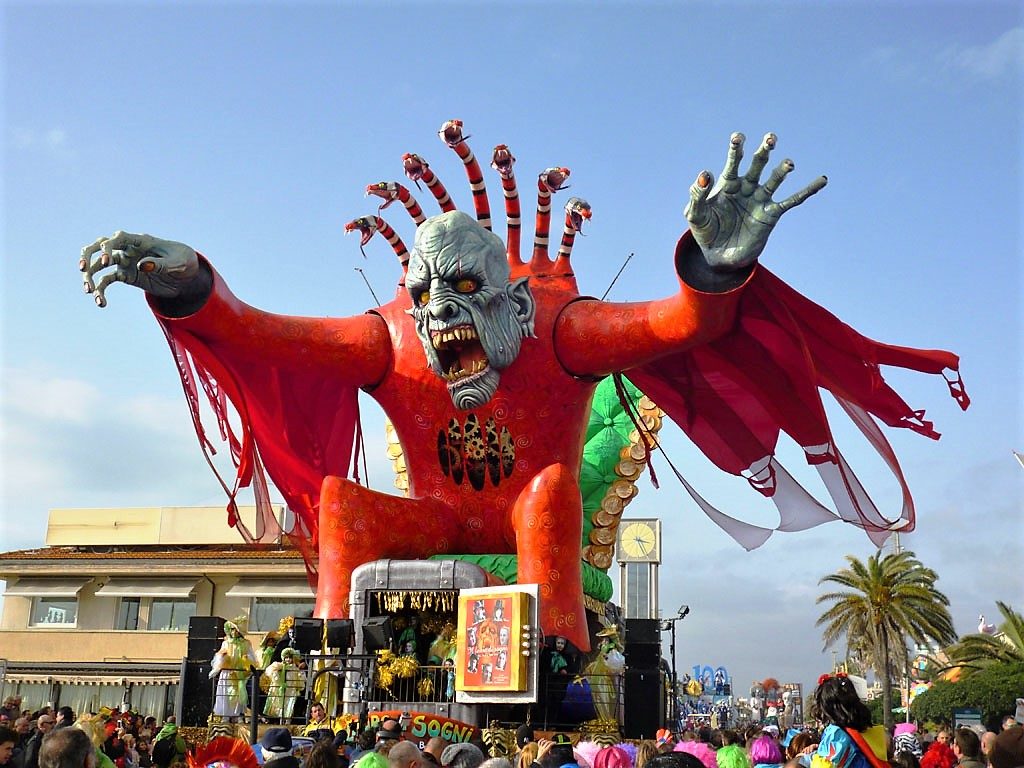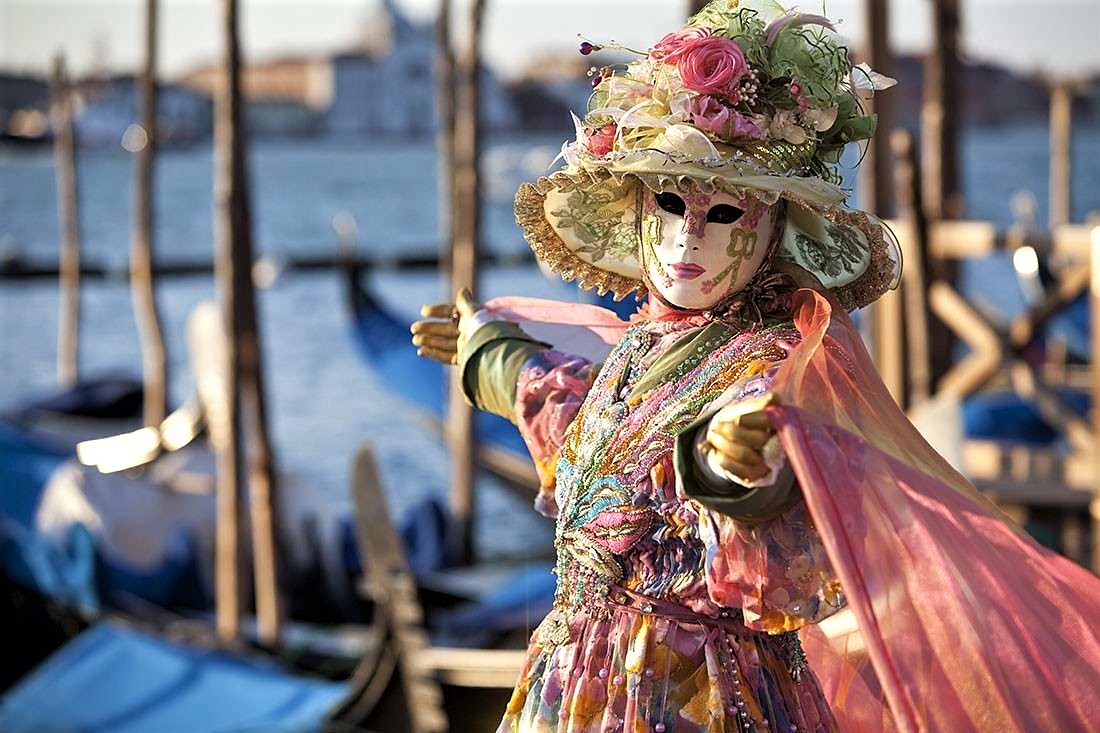It's time to dress up, make fun of relatives and friends and savor an infinity of typical products! We are indeed entering the period of carnival, which will culminate on February 13 with the Shrove Tuesday. A festival with ancient origins that over time has evolved several times, giving life to truly unique celebrations in many Italian cities, especially in Venezia e Viareggio. But what is the history of the carnival?
Carnival over the centuries
Contrary to what one might think, carnival is not a holiday entirely linked to the Christian world. In fact, its story begins a long time before, in full classical age. Already at the time, Greeks and Romans celebrated the transition from the cold to the milder season and the beginning of the new year. Especially in Rome he was honored the deity Saturn, protector of the fields intended for harvesting. The Saturnalia they began in the second half of December (even if already in October there was a tendency to celebrate), to culminate between February and March. Several months therefore, characterized by various pagan rites. One of the most particular (and significant) was that of overthrow of the parties. In practice, for just one day, social roles were reversed: plebeians became nobles and vice versa. All this happened with the use of Masks, and we indulged in the pleasures of food (and not only).

With the company Christianity then there was a review of all the pagan rites, including the long and intense Saturnalia. The symbolic date of December 25 to celebrate the birth of Christ, while the final period of this festival was replaced with the carnival. The meaning, however, remained unchanged, that is to celebrate the passage from the old to the new year.
In the Middle Ages, on the last day of carnival, it was customary to hang a puppet which depicted all the evils of the previous year, as a sign of good omen. Over the centuries, the day before Ash Wednesday was the culmination of the holiday: Shrove Tuesday. And this day still symbolizes today the last 24 hours before Lent. The faithful were then invited to indulge in some pleasure, in view of the forty days of abstinence and fasting.
The custom of masks in Venice
As mentioned above, in many Italian cities the carnival is celebrated in various ways. One of the most lively and original (not only in Italy, but in the world) is that of Venezia. In the weeks leading up to Shrove Tuesday, the streets of the lagoon city are filled with masked people, while the squares are transformed into elegant walkways. But when does this custom date back? The first official document is dated 1094, in which we speak of public entertainment linked to the carnival period. In 1296 the Senate then officially instituted the day before Lent as a holiday. The Venetians then began to dress up, following classical traditions, and parade around the city. And here too the roles were reversed, allowing the less fortunate to be part of the wealthier class at least for one day. All while always being covered by a mask, so as to maintain a certain anonymity.

Over time, the Venetian carnival was enriched with various celebrations. In the sixteenth century a Turkish acrobat crossed Piazza San Marco walking on a rope suspended tens of meters above the ground. The event stunned those present, and the Doge decided to institute it Svolo del Turco (later Flight of the Angel). From that day on, every year, acrobats from all over the world began to exhibit during the carnival. This until 1759, when the show ended in tragedy with the death of the tightrope walker. Following the sad event, this custom was replaced with the flight of a wooden dove, always along Piazza San Marco.
Between the nineteenth and twentieth centuries the Venetian carnival experienced its darkest period. In 1979, thanks to some local associations, people began to celebrate in the streets and canals, bringing the celebrations back to the glories of the past.
The floats of Viareggio
Another very important carnival in Italy and in Europe is that of Viareggio. Unlike the Venetian one, its history is more recent. In fact, it dates back to 24 February 1873 when some boys decided to organize a parade of festively decorated carriages the following day, Shrove Tuesday. It all happened between the tables of a historic bar in the city: the Casino Café. But what was the reason that prompted the young people to this parade? According to some it was a simple protest towards the too many taxes imposed by the city administration. The idea was to dress up and parade along the streets of Viareggio, seasoning it all with pure political satire. The following year it was decided to repeat, as well as the following one: the show turned out in fact an excellent relief valve against the discontent of the people.

Over the years, the Viareggio carnival acquired more and more importance, attracting tourists from all over the country. In 1921, after the end of the Great War, the official magazine of the festival was also founded: Viareggio in mask. The carriages turned into real ones triumphal floats in papier-mâché, made by the best artists around. In 2011 over 340 thousand people they went to the city to watch the parade, breaking all previous records. In short, an event capable of transforming little Viareggio into a metropolis teeming with people in masks and allegorical floats.





